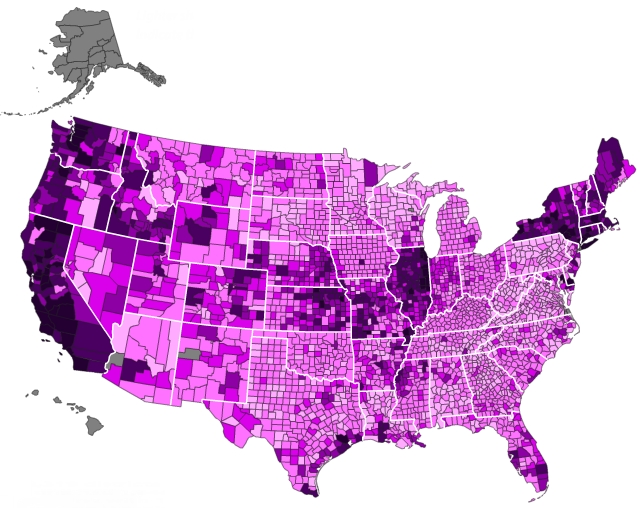Census of Governments
You are here: Census.gov › Business & Industry › Federal, State, & Local Governments › Census of Governments
2012 Census of Governments
The Census of Governments identifies the scope and nature of the nation's state and local government sector; provides authoritative benchmark figures of public finance and public employment; classifies local government organizations, powers, and activities; and measures federal, state, and local fiscal relationships.
The data are available by:
- level of government (state, local, or state and local combined),
- type of government (state, county, city, township, special district, school district), and
- category of governmental activity (more about governmental activities).
Lists & Structure of Governments
2012 Summary Report (PDF, 524KB)
|
2012 Census of Governments Organization Tables: Final 2012 Individual State Descriptions [PDF, 1,306MB]
Upcoming data releases from the Census of Governments: Organization [PDF, 186KB] |
Click map to view |
|---|
Government Employment & Payroll
The Employment component was mailed March 2012 to collect information on the number of state and local government civilian employees and their payrolls.
- Data on the number of federal, state, and local government civilian employees and their gross payrolls were released on March 6, 2014.
- Forms and information collected
- Contact Us
Government Finance
The Finance Component, with the most up to date data on revenues, expenditures, assets, debt, and pensions, was released on December 16, 2014.
- State Tax collections data (one part of state government revenues) were released on April 11, 2013.
- The rest of state government finances were released on January 23, 2014.
- All governments within the state, including local governments will be available late 2014.
- Public school finance data will be available late 2014.
- Government employee pensions:
- State governments pensions data were released August 1, 2013.
- State and local governments pensions data were released April 29, 2014.
- Revenue, spending, assets, and debt for:
[Excel] or the letters [xls] indicate a document is in the Microsoft® Excel® Spreadsheet Format (XLS). To view the file, you will need the Microsoft® Excel® Viewer
This symbol












